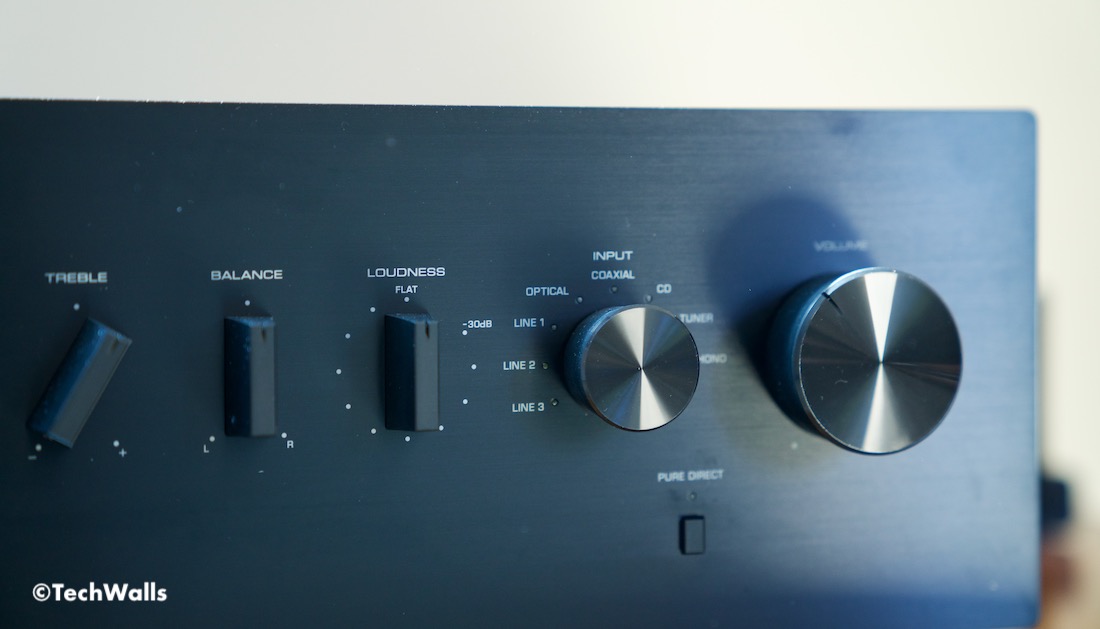Yamaha, a name synonymous with high-quality audio equipment, offers a range of features in their amplifiers to cater to the different listening needs of their customers. One such feature that often sparks interest is the “Loudness” control. This feature, often misunderstood or ignored, can considerably enhance your audio experience when used correctly. This article will explore the specifics of the Loudness feature, its benefits, and when to use it.
What is the Loudness Feature?
The Loudness feature on Yamaha stereo amplifiers is essentially a form of volume-dependent equalization. This is designed to compensate for the changes in human hearing sensitivity at different volume levels. The feature is based on the well-established principle known as the Fletcher-Munson curves or Equal-Loudness Contours, which demonstrate that the human ear perceives different frequencies differently at low volumes compared to high volumes.
In simple terms, at lower volume levels, our ears become less sensitive to low (bass) and high (treble) frequency sounds, making them appear to ‘recede’ into the background while midrange frequencies become more prominent. The Loudness feature compensates for this by boosting the bass and treble at low volume levels, thus providing a more balanced and satisfying listening experience.

How Does the Loudness Feature Work?
When activated, the Loudness control on a Yamaha amplifier boosts the low and high frequency ranges, enhancing the overall perception of these frequencies at lower volumes. As the volume is increased, the amount of this compensation gradually decreases, eventually becoming negligible at high volume levels, where the human ear’s frequency response is naturally more balanced.
It’s important to note that the exact amount of boost and the specific frequencies affected can vary between different amplifier models, as the implementation of the Loudness control can be fine-tuned by the manufacturer to best match the characteristics of the amplifier and the typical listening scenarios.
The Benefits of the Loudness Feature
The primary benefit of the Loudness feature is that it provides a more enjoyable and balanced listening experience at low volume levels. By enhancing the bass and treble, it ensures that music maintains its fullness and richness, even when the volume is turned down.
This feature can be particularly useful in situations where high volume listening is not desirable or feasible, such as late-night listening sessions or in apartment buildings with thin walls. In such cases, the Loudness feature can help maintain the pleasure of listening to music without disturbing others.
When and How To Use the Loudness Feature
The Loudness feature is best used when listening at low to moderate volume levels. It compensates for the natural decrease in sensitivity of human hearing to bass and treble frequencies at lower volumes, thus enhancing the perceived balance of the music.
However, at high volume levels, the Loudness feature should typically be turned off. At these volumes, the natural sensitivity of human hearing to different frequencies is more balanced, and the additional boost to bass and treble provided by the Loudness feature can result in an over-emphasized, less natural sound.
To use this feature, first turn the Loudness knob to the FLAT position, then turn the volume knob to the loudest level that you want to listen to your music. Finally, lower the Loudness knob to your desired volume and enjoy the difference when playing music at lower volume levels. The video shows my demonstration on the Yamaha A-S501 Integrated Stereo Amplifier.
The Loudness feature on Yamaha amplifiers is a powerful tool that can significantly enhance your listening experience. By understanding and using this feature correctly, you can ensure a more balanced and satisfying sound, regardless of the volume at which you’re listening. Whether you’re an audiophile, a casual listener, or someone who enjoys late-night music sessions, the Loudness control is a feature worth exploring.
Disclosure: We might earn commission from qualifying purchases. The commission help keep the rest of my content free, so thank you!



